One of the most consumed tour packages is to visit the 12 Jyotirlingas in India, be sure to visit the twelve most auspicious Jyotirlingas. According to Hindu mythology, visiting these sacred sites once in a lifetime will absolve your sins and make your soul pure. So traveling to eight different Indian states and visiting the 12 Jyotirlingas there will help to get some of the most devine experiences.
Somnath Temple, Gujarat
Dedicated to Lord Shiva, the Somnath Temple is one of the most important Hindu sites in the country. The temple sees a large footfall every year and is skirted by the Arabian Sea. It boasts an imposing architecture of Chalukyan style and is 50 meters tall. The ornate silver doors, delicate carvings, and graceful Nandi idol all add to the beauty of the temple. The large courtyard is filled with elaborate statues and beautiful gardens. The main shrine is impressive with its soaring arches, making it one of the main highlights of the temple complex. There are many smaller shrines, the ones that really caught my attention was the elephant carvings.
The main shrine in the complex is the giant Nandi idol. During festivals, the temple is filled with devotees, who come to offer their prayers or seek blessings from god. This place is indeed a spiritual haven for the locals..
Nageshwar Shiva Temple, Gujarat
There is an ancient temple dedicated to Lord Shiva that is mentioned in the Shiva Purana. The 12 jyotirlingas are shrines dedicated to Lord Shiva. Each of the shrines is unique, and each one has its own idol of the lord. The temple at Jalandhar is a popular tourist destination because of its beautiful architecture and scenic location. Standing at 25 meters above the ground, the shrine rests atop a towering statue of Lord Shiva in a sitting posture. The sweeping views from up high are sure to inspire contemplation and reverence. It’s surrounded by lush green lawns, and visitors can enjoy the view from around the statue.
Legend has it that a group of dwarfish sages worshipped Lord Shiva in Darukavana. When Lord Shiva appeared before the sages, they were immediately drawn to him. The wives of the sages began to leave their husbands in droves, and the angered sages cursed the ascetic. A Shivling fell from heaven and hit the ground, creating an earthquake. Brahma and Vishnu begged Lord Shiva to help save the earth and take his linga back, so he agreed. He said that he would always be present at Darukavana as a sacred jyotirlinga.
Mahakaleshwar Temple, Madhya Pradesh
Mahakaleshwar Temple is one of the twelve jyotirlingas in India, and one of the most prominent temples in Ujjain. The Mahakaleshwar temple is a towering monolith, its marble walkways touched by the hands of antiquity. Built-in the latter half of the 19th century by the Scindias, this impressive edifice is a timeless testament to Hindu culture and religion. The Mahakalesvara, Omkaresvara and Nagachandresvara lingams occupy three floors of the building. Only devotees are allowed to enter the Nagachandresvara lingam on Naga Panchami day. In addition to the main temple, there is also a kunda in the premises called Koti Tirtha that has been built in the Sarvatobhadra style.
This is a beautiful spot for prayer and meditation, and visitors can enjoy a peaceful retreat while admiring its stunning architecture. On the path from the stairs of Koti Tirtha to Mahakaleshwar Temple, you will come across several images reflecting its grandeur during different periods – including during those times when it was under the possession of various dynasties such as Chalukyas and Marathas. Located near Rudra Sagar, Mahakaleshwar holds a special Bhasma Arti for which devotees gather here as early as 4 am. There’s an enthusiastic vibe in the air and with so many lit diyas shining brightly, it’s hard not to feel drawn toward this magnificent temple
Sri Ramanathaswamy Temple, Tamil Nadu
If you’re looking for a beautiful and ancient place to visit in India, look no further than Rameswaram. This sacred site is home to the Sri Ramanathaswamy Temple, which is often considered one of the most popular attractions in all of India. Dedicated to Lord Shiva, this temple contains one of the twelve jyotirlingas (special devotional shrines of Lord Shiva), making it an important pilgrimage destination for Hindus from all over the world. The temple is known for its intricate carvings and lavish corridors, lined with imposing sculptured pillars. There are 1,212 of them! Additionally, there are 22 theerthams or sacred baths within the temple complex, in which Hindus believe that taking a dip washes away their sins. So if you’re looking for something special to do in Rameswaram – be sure to add it to your list!
The temple is open for the entire week and the whole year from 5 am to 1 pm and then from 3 pm to 9 pm for the devotees.
Omkareshwar, Madhya Pradesh
Omkareshwar is a sacred temple dedicated to Lord Shiva, located in Omkar mountain on the banks of River Narmada. The temple is home to one of the twelve jyotirlinga temples in the world, and it has a large sabha mandap (prayer hall) standing on 60 brown huge stone pillars. The five stories of the temple are home to different deities, and three prayer services are conducted in the temple every day. Visitors can spend their time exploring each level, learning about the different deities and their stories. While the morning prayer is done by the temple trust, the other two prayer meetings are held by priests from Holkar and Scindia states. The temple draws pilgrims in large numbers who also visit Mamleshwar Temple nearby. Taking a dip in Narmada river before going inside is considered auspicious. The ancient Shivling in the temple is barricaded by a glass box to avoid destruction.
Vishwanath Mandir, Uttar Pradesh
Varanasi is known for the Vishwanath Mandir, Kashi Vishwanath Temple, which is dedicated to Lord Shiva. The temple is located on the banks of the River Ganges and holds a very special place among Hindu devotees. The golden temple of Ahilya Bai Holkar is a beautiful and sacred place. The Golden Temple is an iconic temple in India and was built in 1780 by queen Ahilya Bai Holkar. The temple features an iconic gold spire and gold dome donated by Ranjeet Singh, the ruler of Punjab in 1839. The temple is a popular tourist destination, and is often called the “Lingam of India”. It is ensconced within a maze of other shrines and narrow walkways lined by shops selling sweetmeats, paan (betel leaf), handicrafts, and other knick-knacks. Visitors can explore the temple for hours at a time, enjoying the many sights and sounds that make it such an interesting place to visit. The time for darshan (general visit) is from 4 am to 11 pm, but there are often shorter wait times during peak hours.
Annapurna Temple, dedicated to the goddess of food and Dundiraj Vinayak, devoted to Lord Ganesha, are two equally revered temples adjacent to each other. The temple is located on the banks of the River Ganges and the jyotirlinga (devotional shrine of Lord Shiva) present here is believed to be one of 12 jyotirlingas throughout India. Jnana Vapi or wisdom well lies adjacent to the temple campus. Many believe that the jyotirlinga was kept in this well to protect it and the main saint of the temple jumped into it to keep it from intruders.
Trimbakeshwar Temple, Maharashtra
Located on the outskirts of Nashik, Trimbakeshwar Temple is an ancient pilgrimage center dedicated to Lord Shiva. Made entirely of black stone, it is a beautiful site for Hindus visiting from all over India and abroad. The temple is near the town of Trimbak, from where River Godavari originates. Kusavarta, a pond within the temple premises, represents the origin point of River Godavari. The shivling here is special for its beautiful jyotirlinga idols – each of which is adorned with a crown of diamonds, emeralds and other precious stones. This sacred temple is home to one of the twelve jyotirlingas – representing Lord Brahma, Lord Vishnu and Lord Shiva. The crowns are displayed every Monday evening for an hour in order to venerate these gods and goddesses. Within the temple grounds, you will also find images of other gods and goddesses such as Goddess Gangadevi, Lord Jaleswara, Lord Rameswara, Lord Gautameswara (the god who created Adam), Lord Kedarnath (a holy site in Uttarakhand), Lords Rama (the Hindu hero who fought against Ravana), Krishna (the Hindu deity associated with love), Parasurama (the first historical figure to overthrow a king)and Lakshmi Narayana (the goddess who represents wealth).
While you’re here you can also explore Brahmagiri Fort which was built by Balaji Bajirao III in 1740 AD, as well as Gangadwar which is located just outside the temple boundaries.
Bhimashankar Temple, Maharashtra
The Bhimashankar Temple is dedicated to Lord Shiva, and it is one of the twelve jyotirlingas (devotional shrines of Lord Shiva) in India. The architecture of the garbha griha and shikahara in the temple is heavily influenced by Rajasthani and Gujarati culture. Shrouded in mystery, the scenes from Indian epics adorning the outer walls of the sanctum are a sight to behold. From Mahabharata to Ramayana to Krishna Leela and Shiv Leela, these epic stories are sure to captivate any visitor. In addition, records dating back to as early as1300 AD are inscribed on the walls of the courtyard. This ancient temple is home to a beautiful sabhamandap, which is also quite rare. The temple is beautifully constructed and features ornate artwork. While only the structure itself is fairly new, both the shrine and River Bhima find mention in literature dating back centuries ago.
Grishneshwar Temple, Maharashtra
This beautiful jyotirlinga, called Ghushmeswara or Grishneswara, is located in Aurangabad in Maharashtra, India. It was built by the queen of Indore, Ahilyabai Holkar, in the Maratha style of architecture and is made of red and black stones. It features intricate carvings and patterns that are very beautiful to look at.
Kedarnath Temple, Uttarakhand
Kedarnath Temple is one of the most revered sanctums of Shiva in India. The pilgrims undertake an arduous but devotional journey to reach this shrine dedicated to Lord Shiva, which is located at an elevation of 3,584 meters. The temple is made out of giant stone slabs arranged over a rectangular platform and has inscriptions in Pali language on its steps leading to the sanctum sanctorum. There are sculptures of various gods and scenes from Hindu mythology on the inner walls of the temple. It is said that Kedarnath Temple was built in the 8th century by sage Adi Shankaracharya and underwent several renovations over time. Every year in November, when it gets covered with snow during winters, the idol of Lord Shiva is shifted from Ukhimath Shrine to Kedarnath Temple.
In May, when the weather becomes favorable again and the idol can be freely moved around inside the temple, it is reinstated back at Ukhimath Shrine. There’s a fascinating legend behind this religious place – it is said that Lord Shiva turned himself into a bull so that he could evade the Pandavas when they were looking for him after fighting the Mahabharata battle.
Baba Baidyanath Dham, Jharkhand
In town, one of the most prominent temples is the Baba Baidyanath Temple. This temple is revered not only as a jyotirlinga (devotional representation of Lord Shiva) but also a Shaktipeeth (devotional shrines where the severed body parts of Goddess Shakti fell). The temple is an intricately designed structure dedicated to the worship of Lord Shiva and houses idols of Lord Ganesha and Goddess Parvati. The architecture is breathtaking, and the atmosphere is one of peace and tranquility. Prayers begin at 4 am, with devotees first worshipping the head priest with shodashopachar (sixteen services). Then they are allowed to worship the Lord. Standing on the banks of the holy Ganges, one can see the remains of king Ravana’s ten heads – each placed carefully on a stone altar.
Legend has it that this is the place where Ravana sacrificed his ten heads one by one to Lord Shiva. Seeing this, the divine Lord descended to Earth and healed Ravana’s injuries. Thus, Shiva is known as ‘Vaidhya’ – meaning doctor or healer. While there are many such legends associated with this holy place, history confirms its importance. A mention of the temple can be found from the 8th century AD during the rule of Adityasena Gupta; during Raja Man Singh’s rule in Amber; and during the Mughal period when Emperor Shah Jahan built a pond here known as Mansarovar. The temple faces east and is a plain stone structure with an imposing pyramidal tower that reaches 72 ft high; atop it are three compactly set gold vessels along with a punchshula (five knives in a trident shape). There is also an eight-petaled lotus called Chandrakanta Mani.
Mallikarjuna Temple, Andhra Pradesh
The Kailash Temple is located on the banks of River Krishna, and is popularly known as the ‘Kailash of the South’. Lord Shiva is worshipped as Mallikarjuna here, while Goddess Parvati is revered as Bhramaramba. Legend has it that when Lord Ganesha got married before his brother, Lord Kartikeya, the latter was furious. He retreated to a remote peak and refused to see anyone, even his parents. Lord Shiva and Goddess Parvati were very hurt seeing their son’s condition, and Shiva assumed the form of a Jyotirlinga. Today, devotees believe that if they even see the top of the mountain, they will be forgiven for all their sins.
Conclusion
All the 12 Jyotirlingas have their own significance in Indian Mythology & most of Indians like to visit all the twelve Shivalays once in a lifetime. This article was an attempt to consolidate the information of all 12 Jyotirlingas at one place. Please feel free to comment in case i have missed any of the crutial information.
Jay Bholenath 🏔..
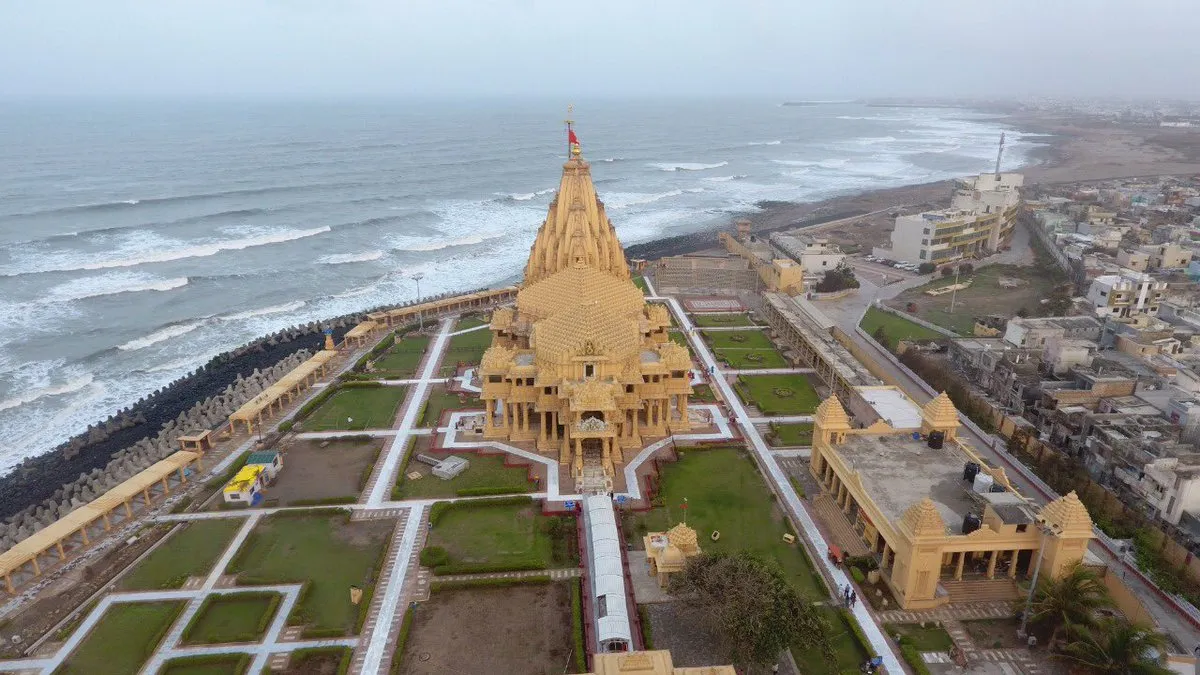
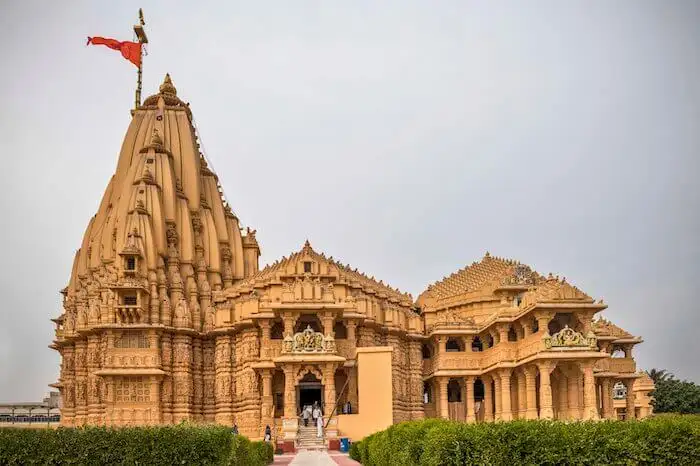
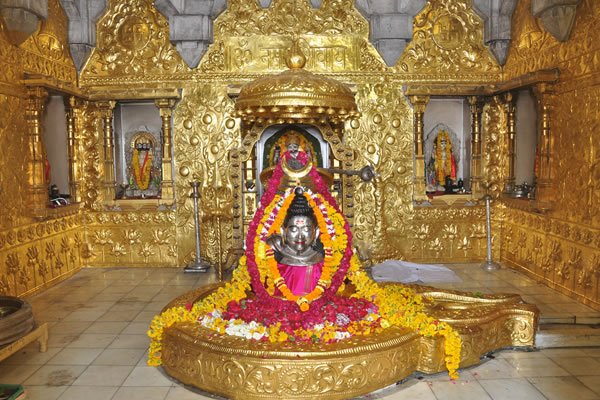
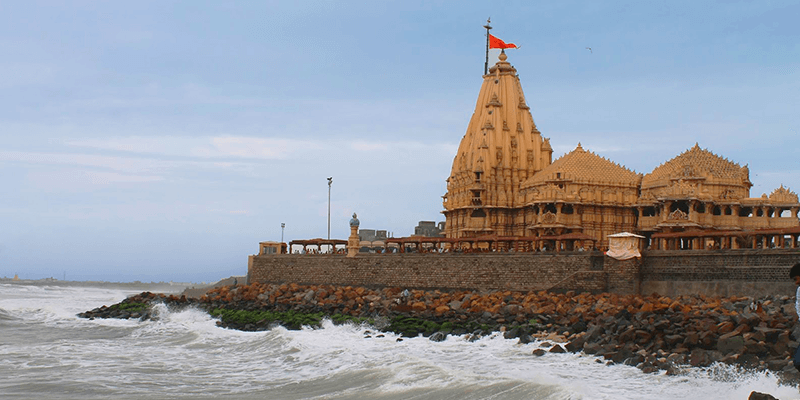
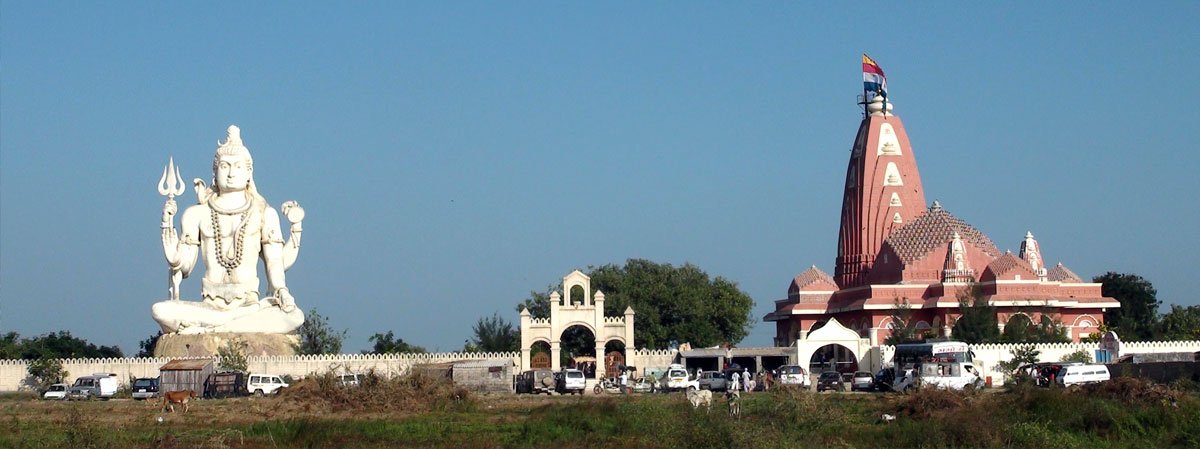
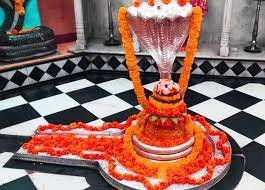
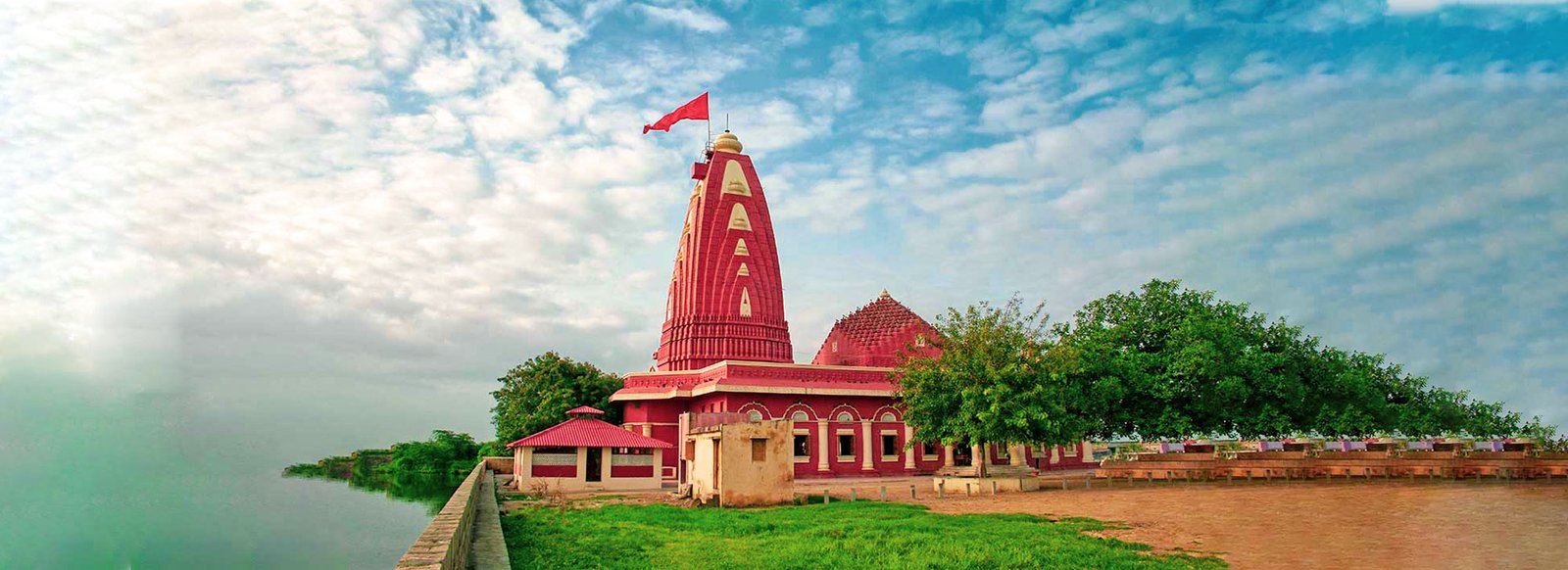
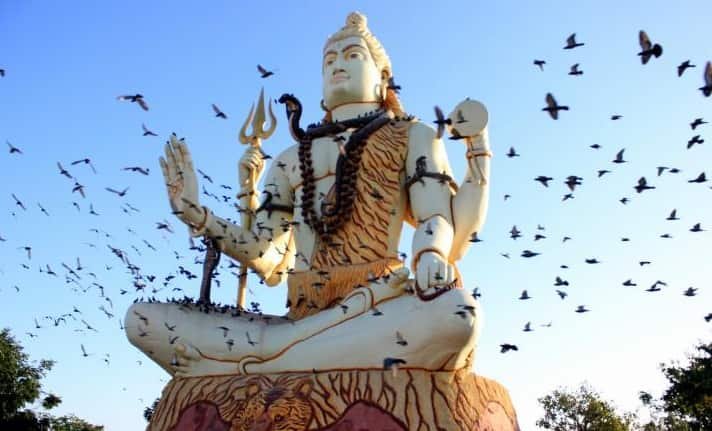
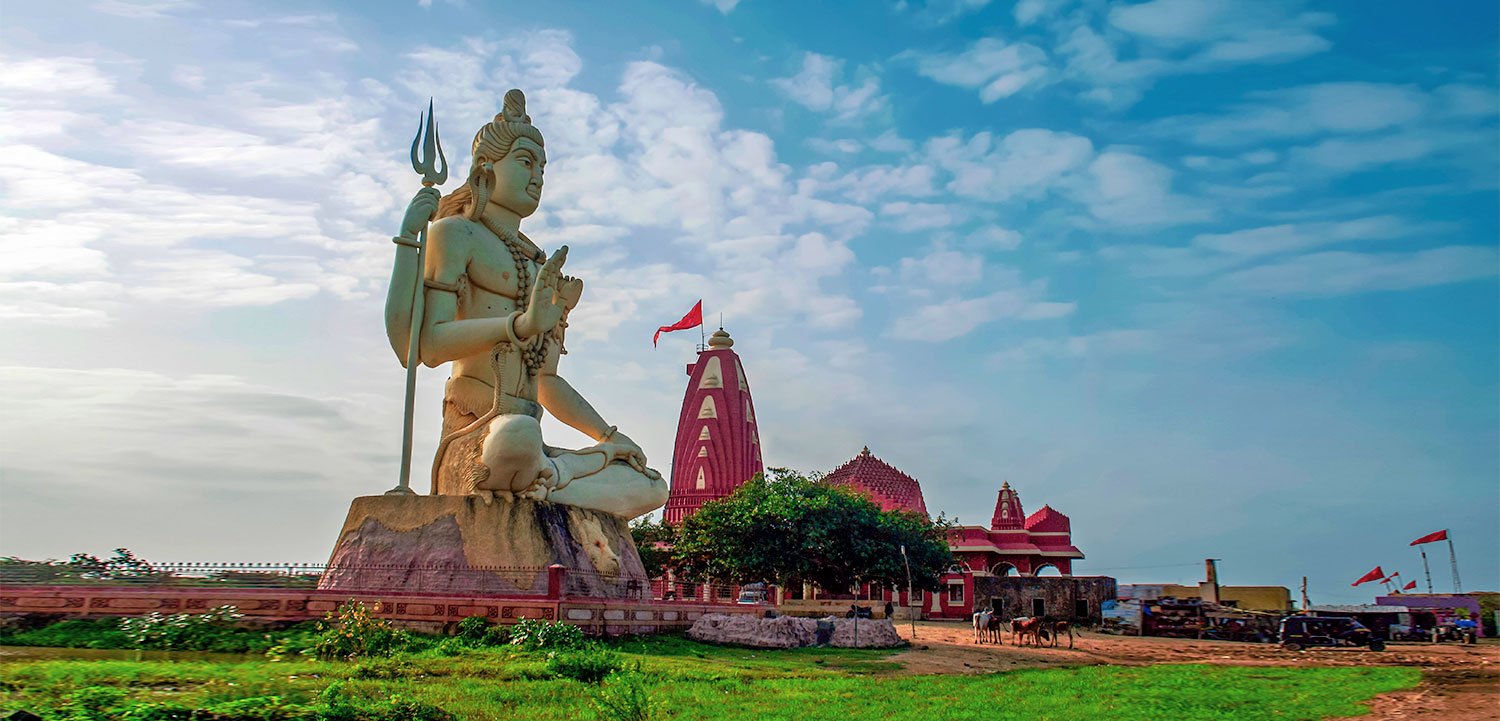
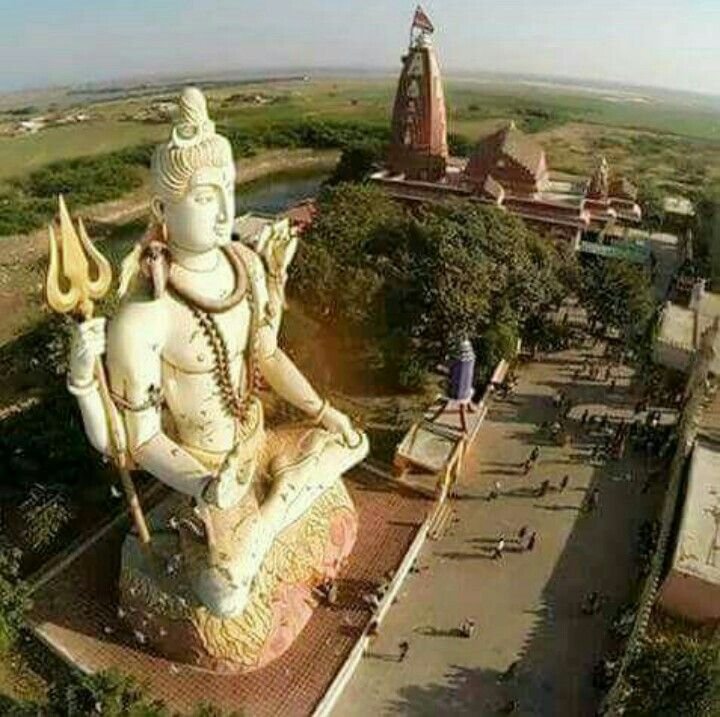
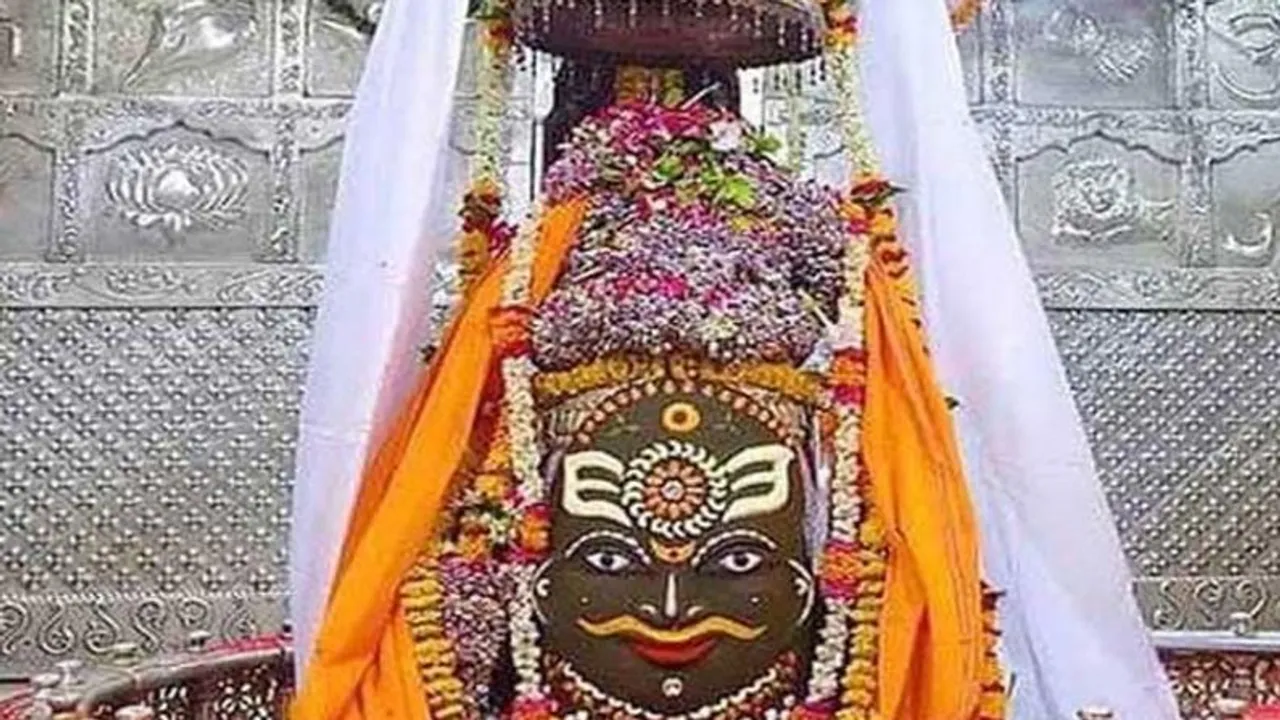
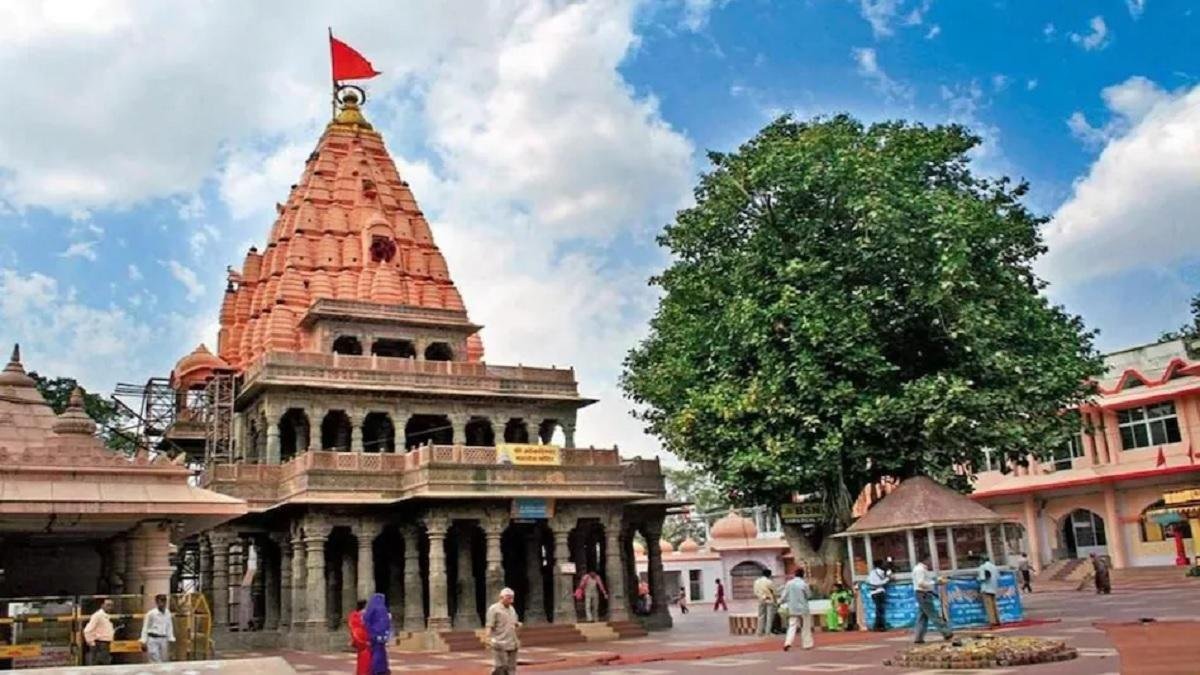
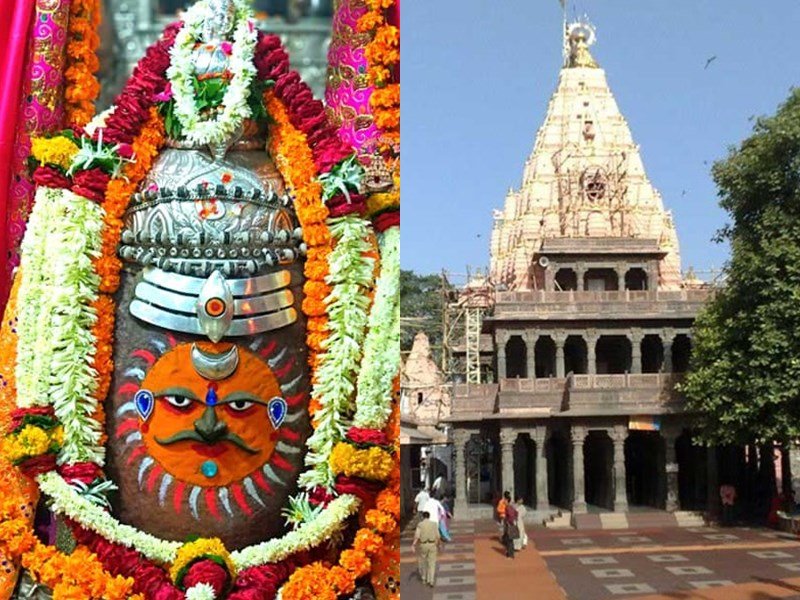
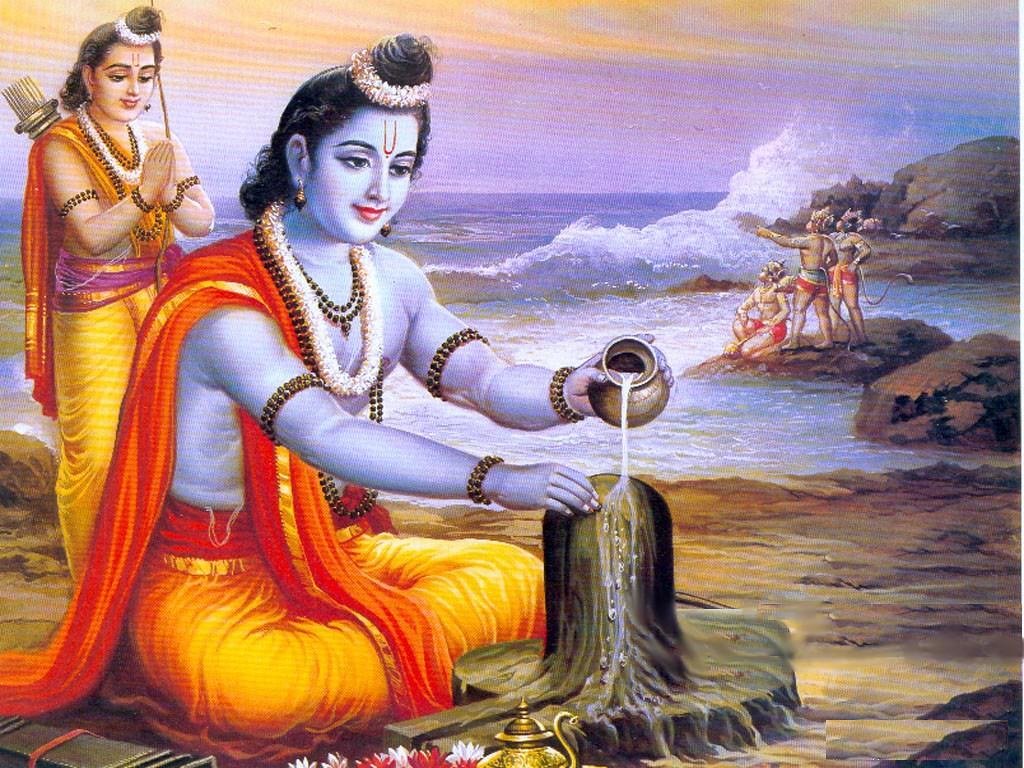
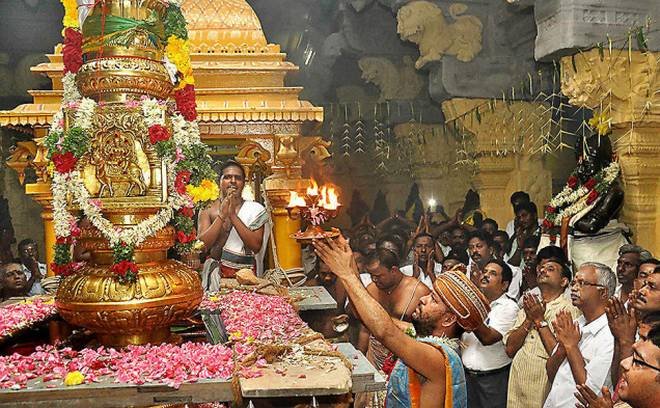
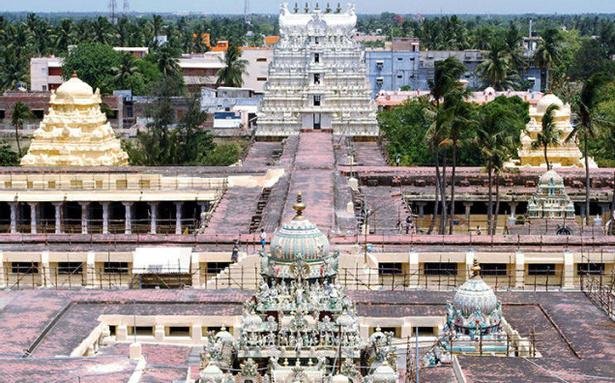

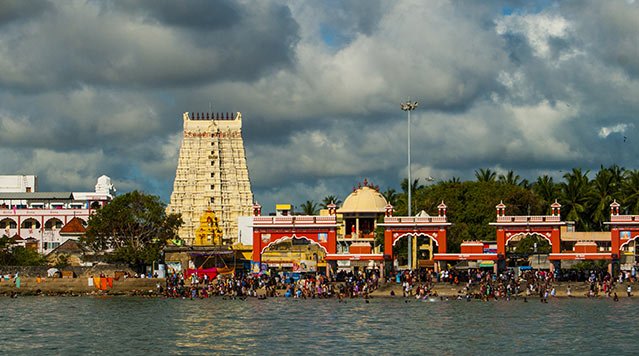
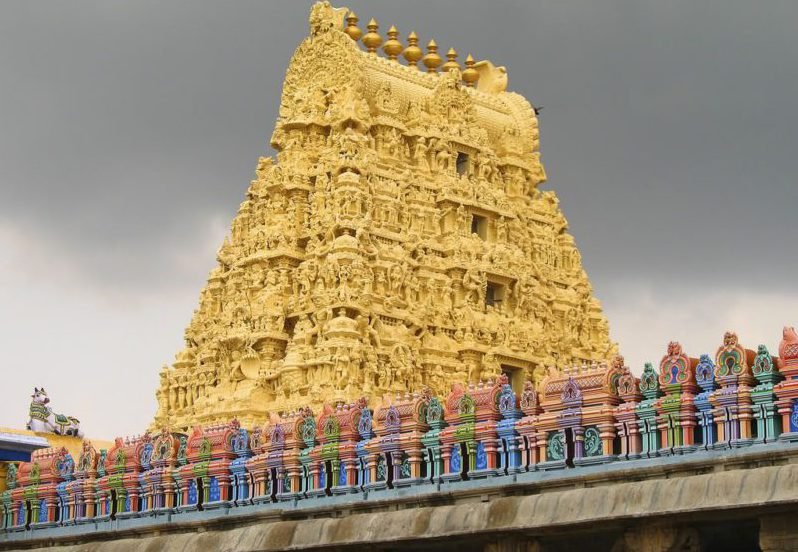
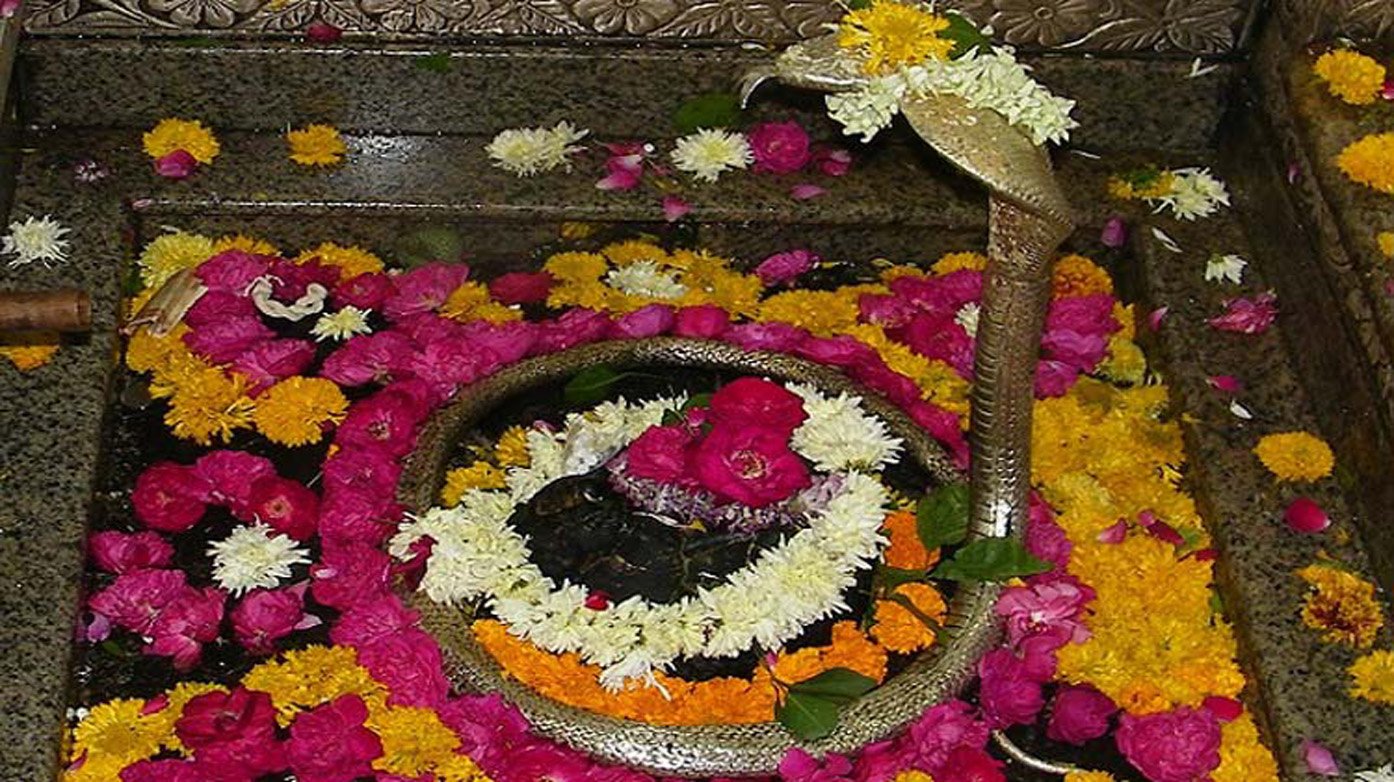
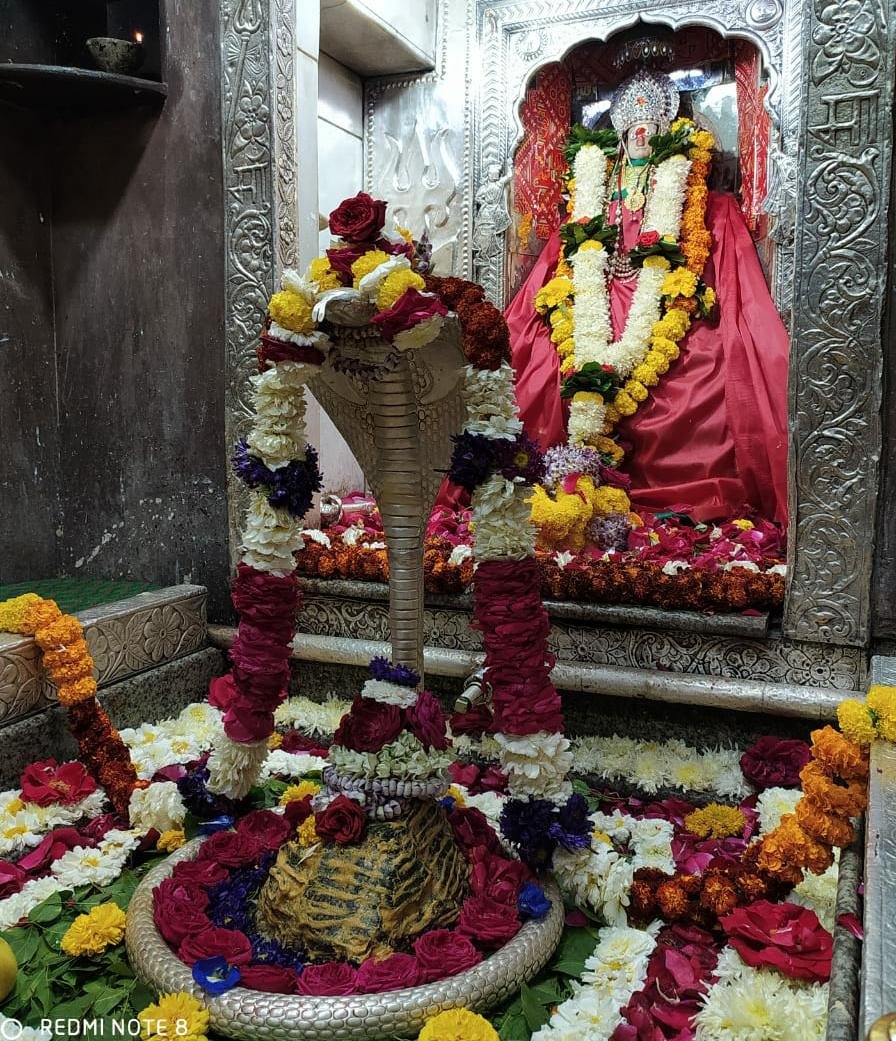
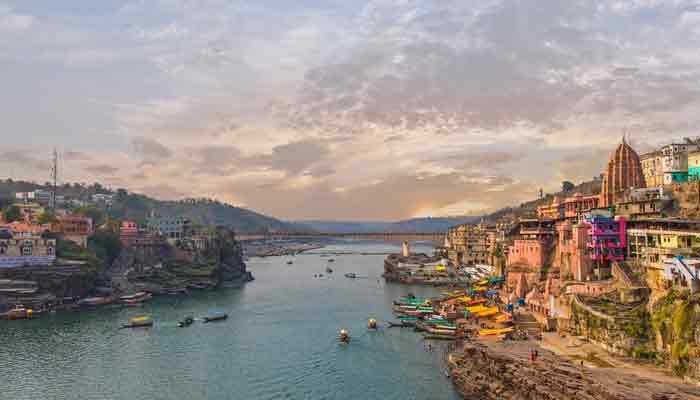
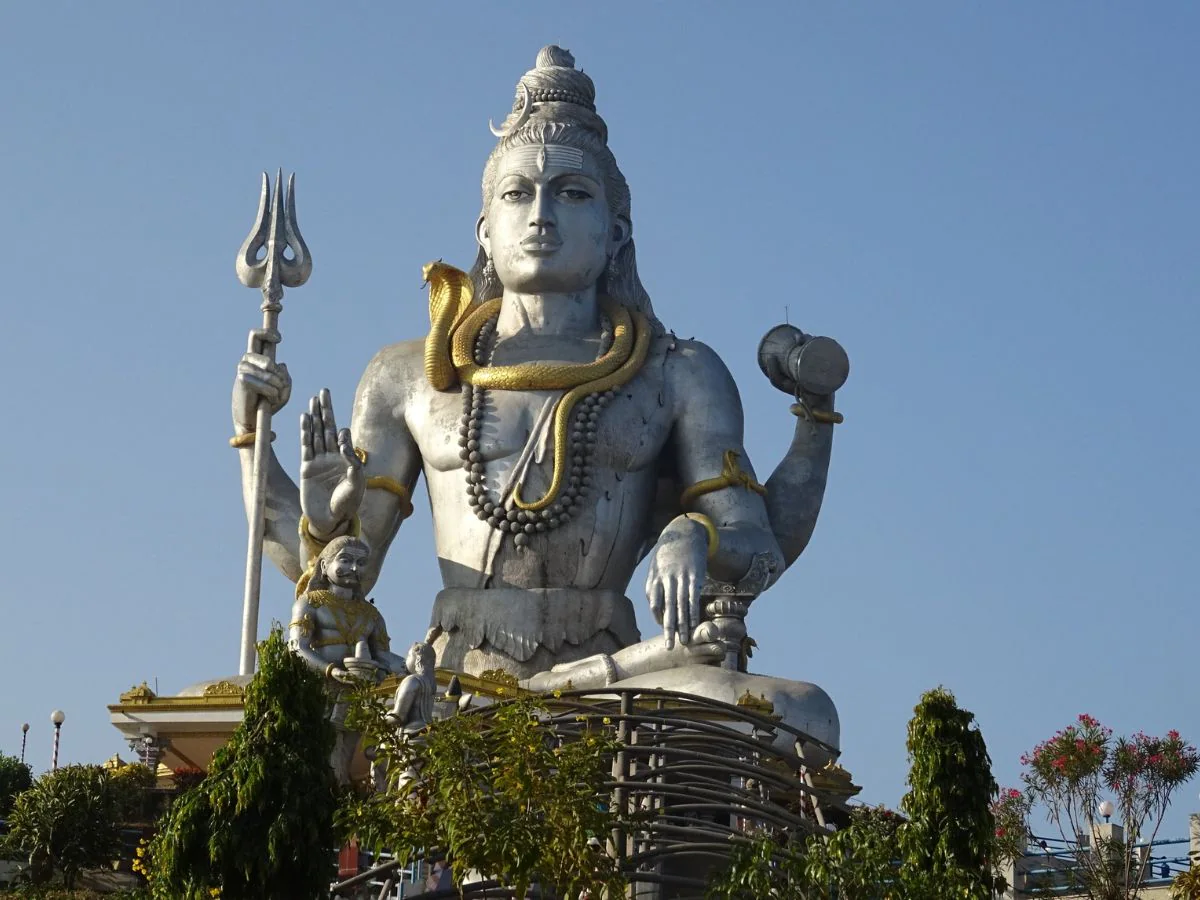
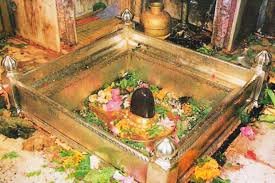
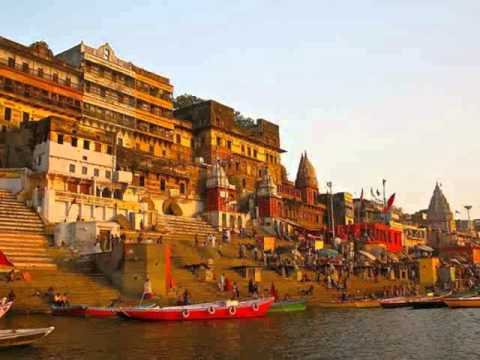
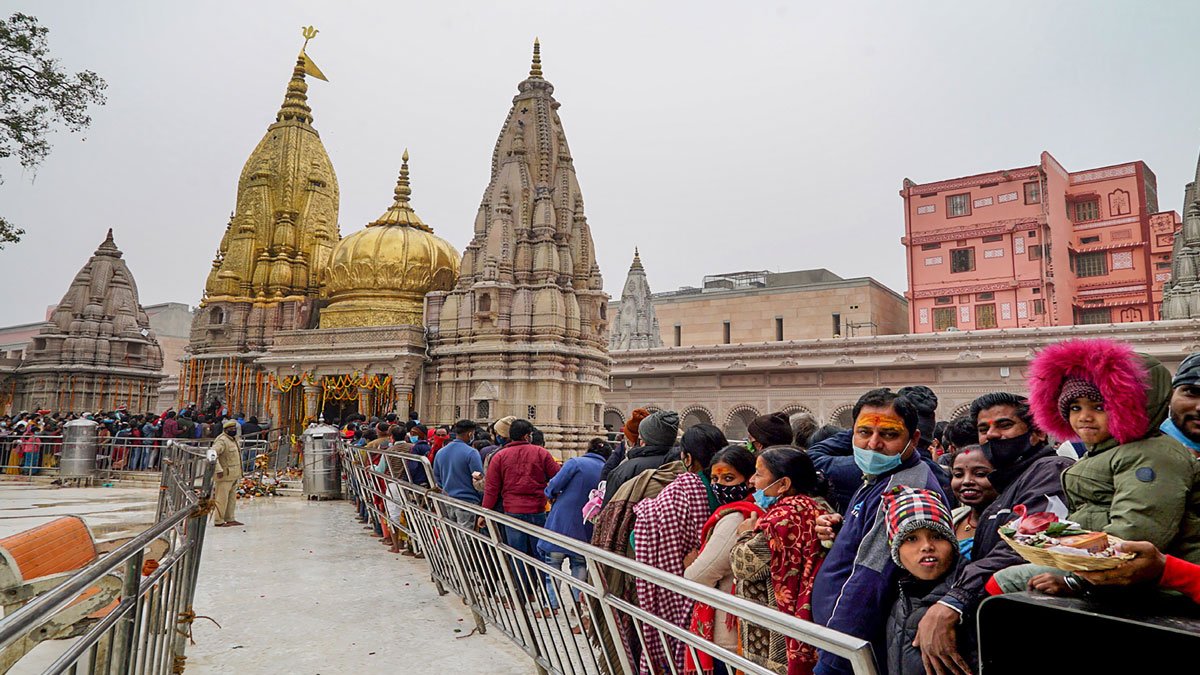
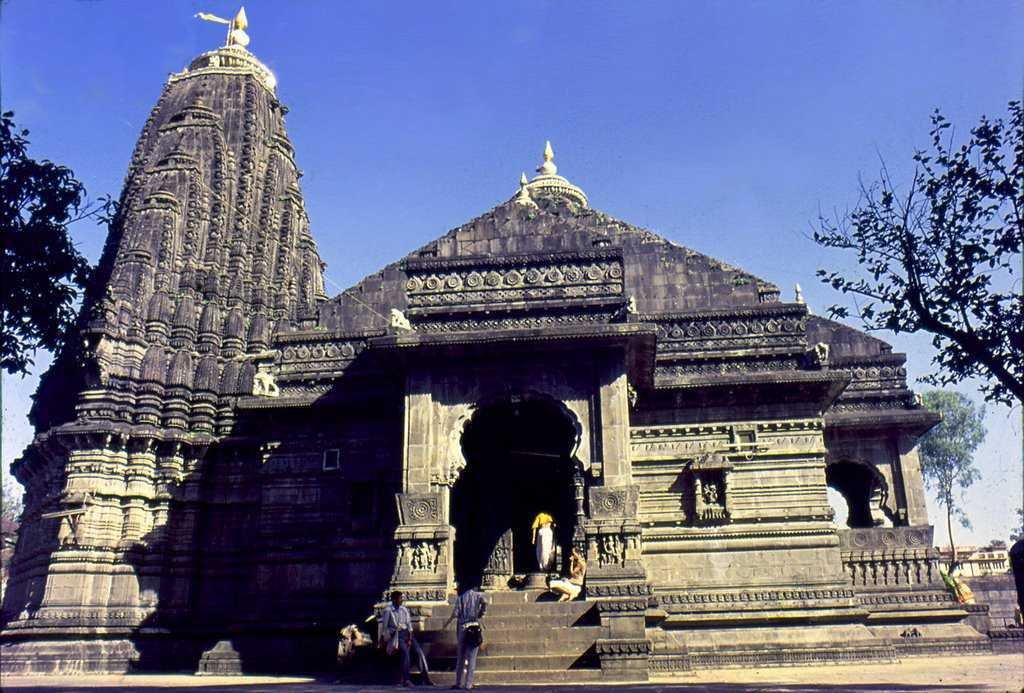
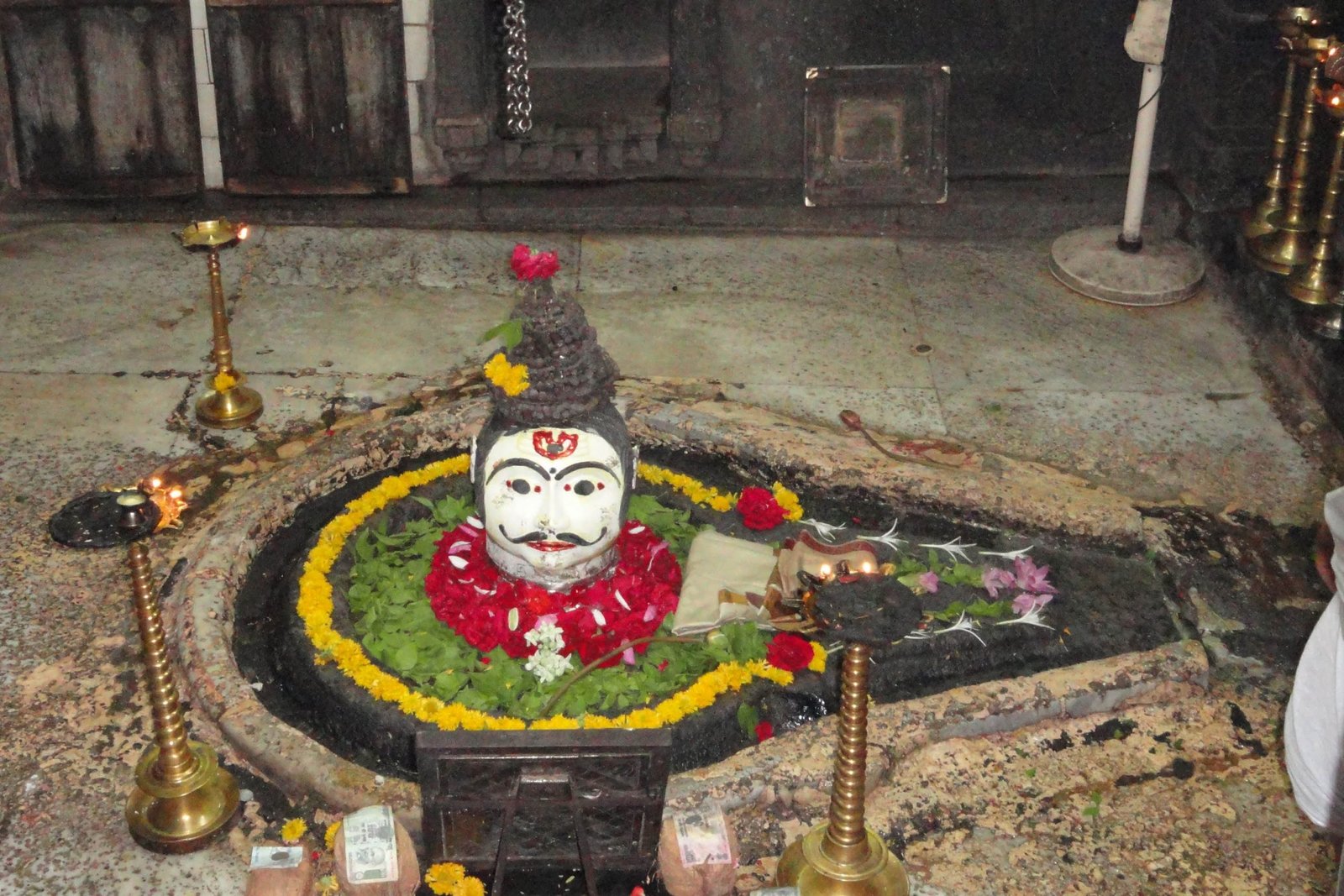
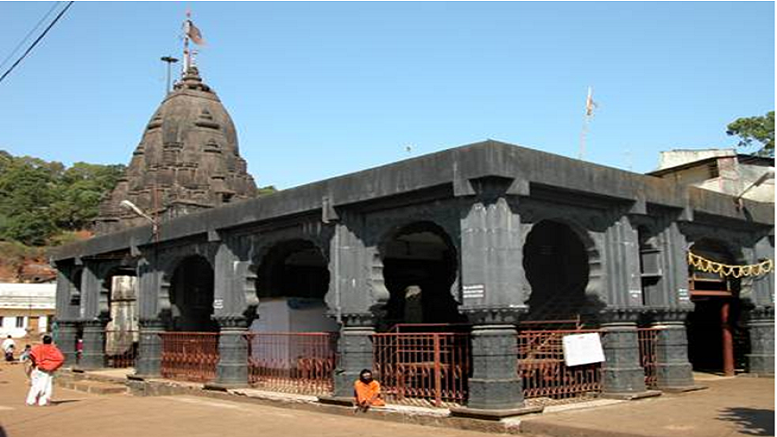
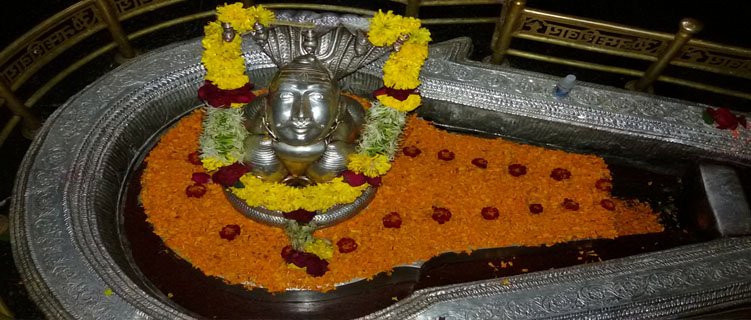
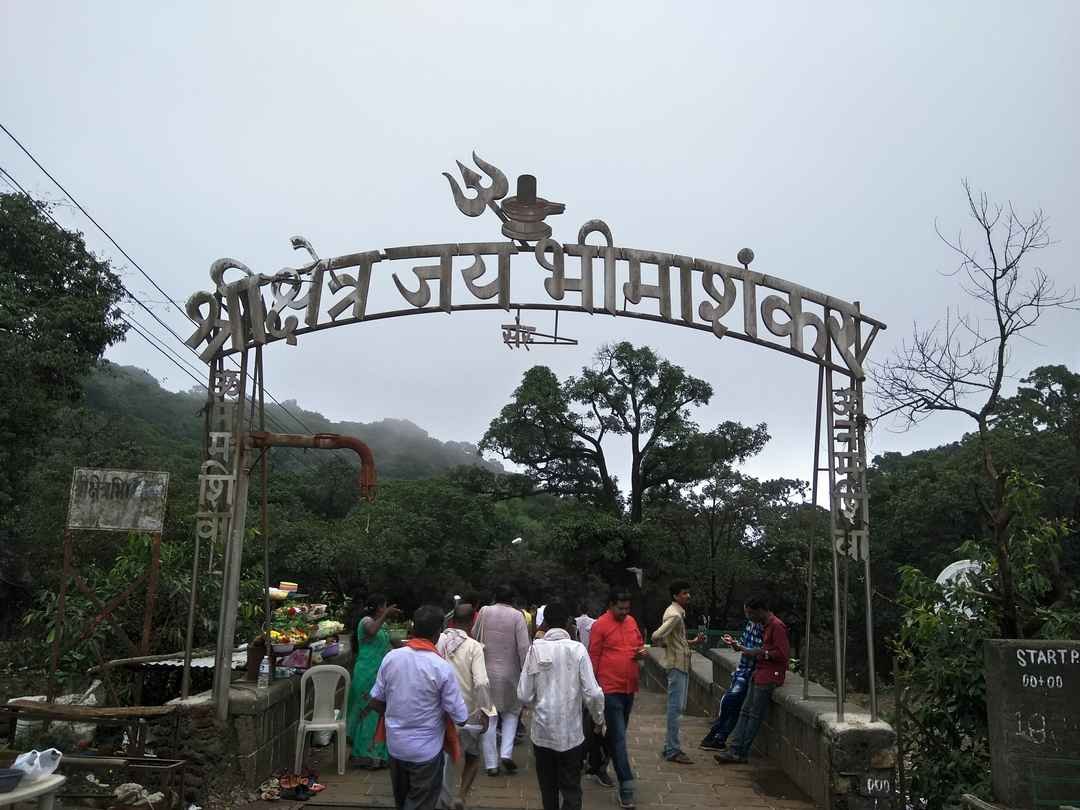
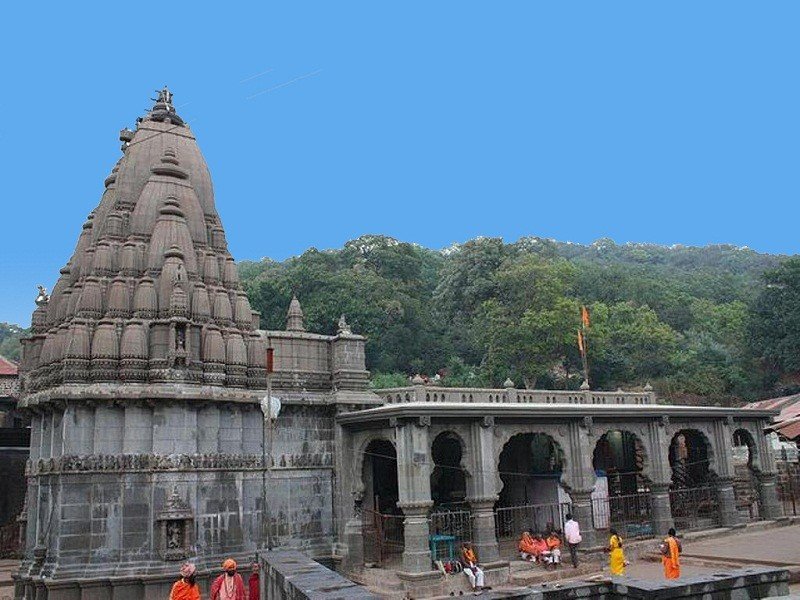
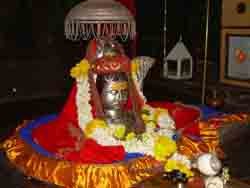
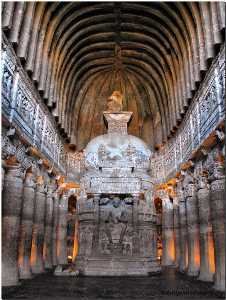
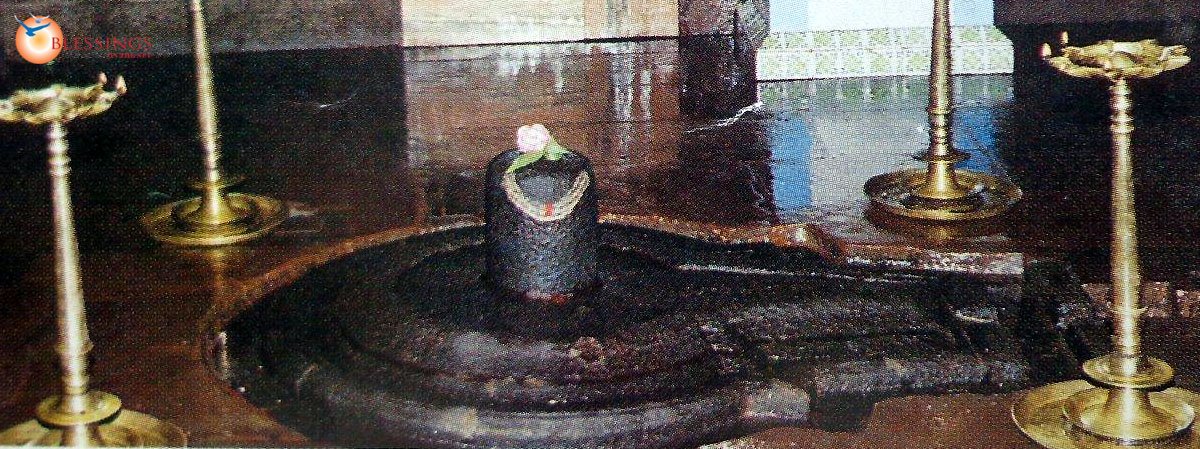
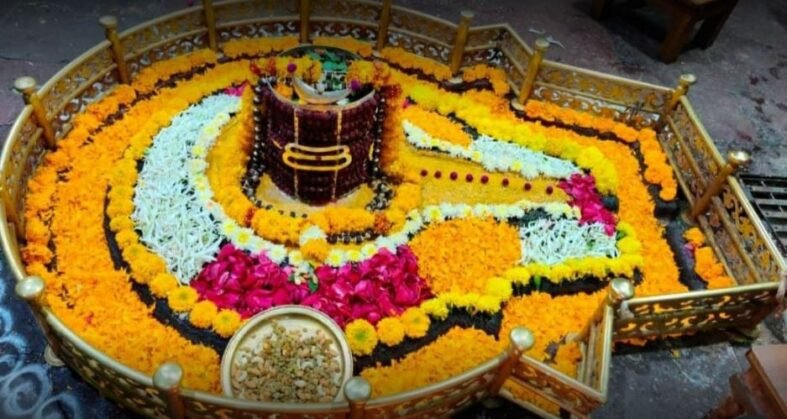
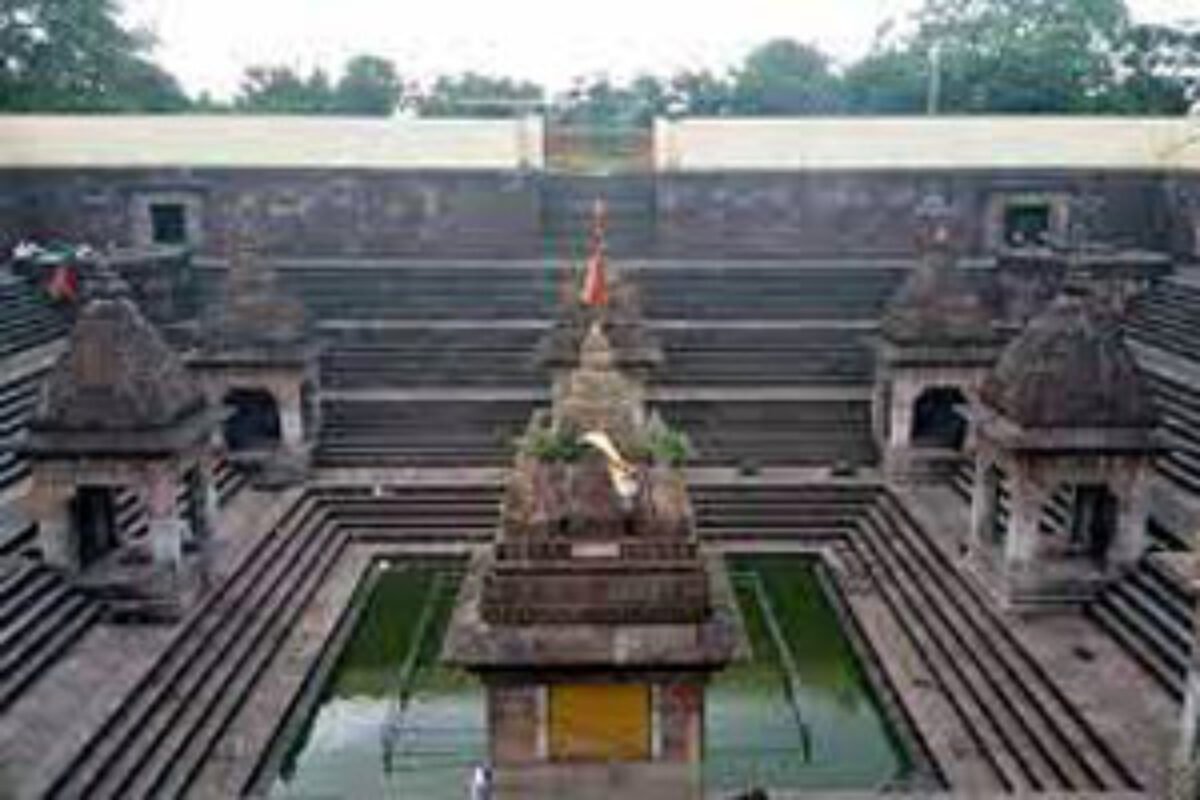
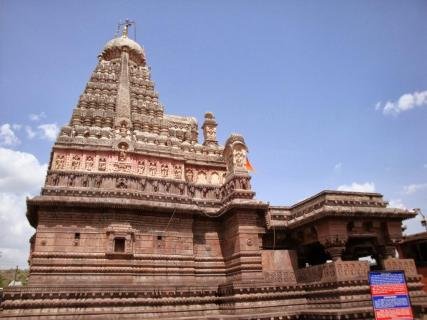
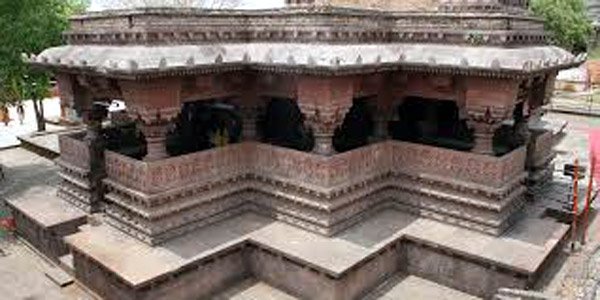
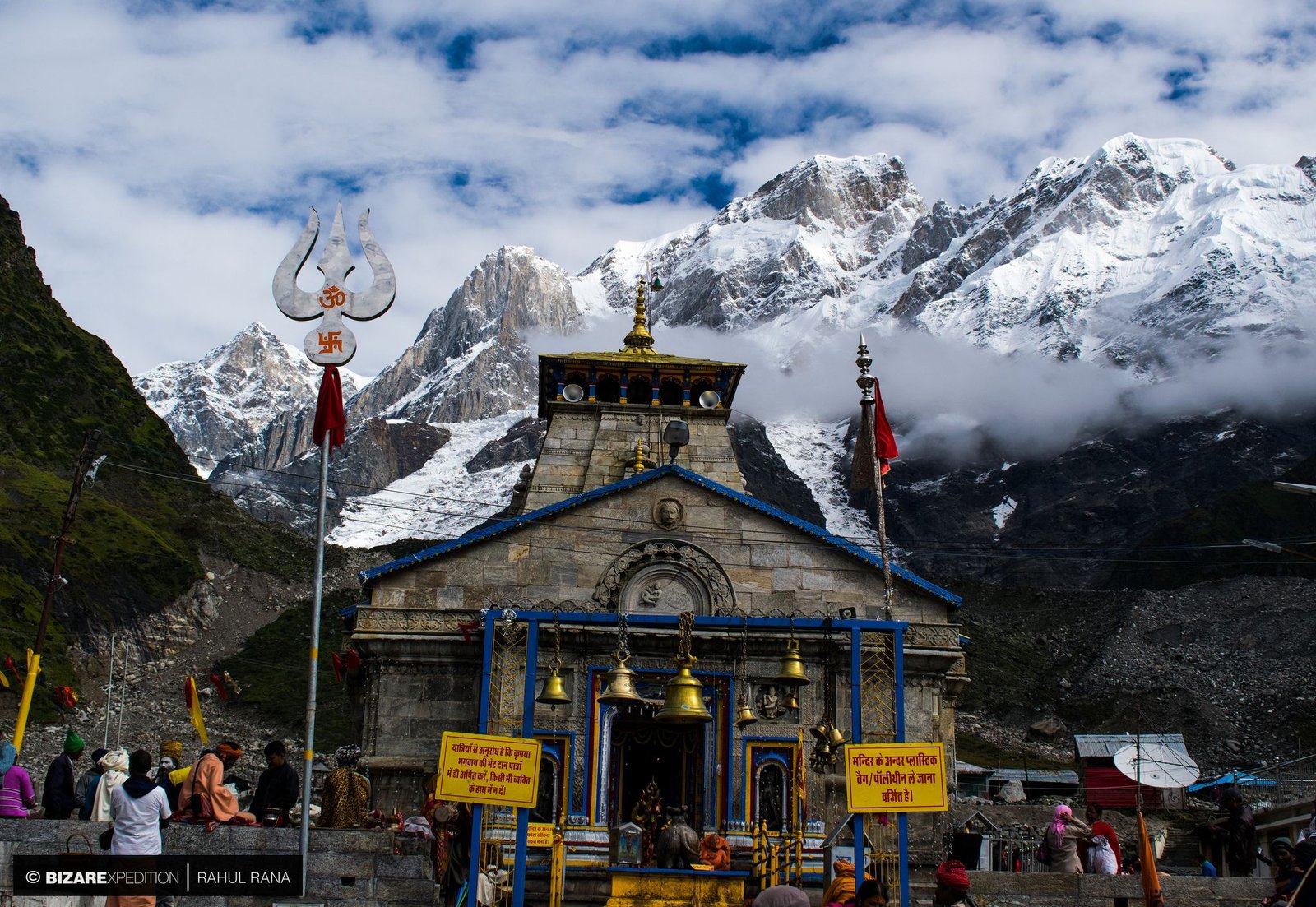
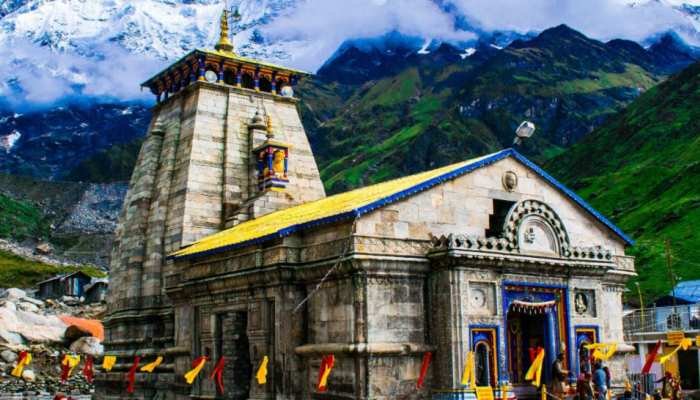

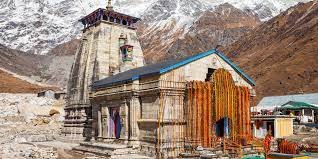
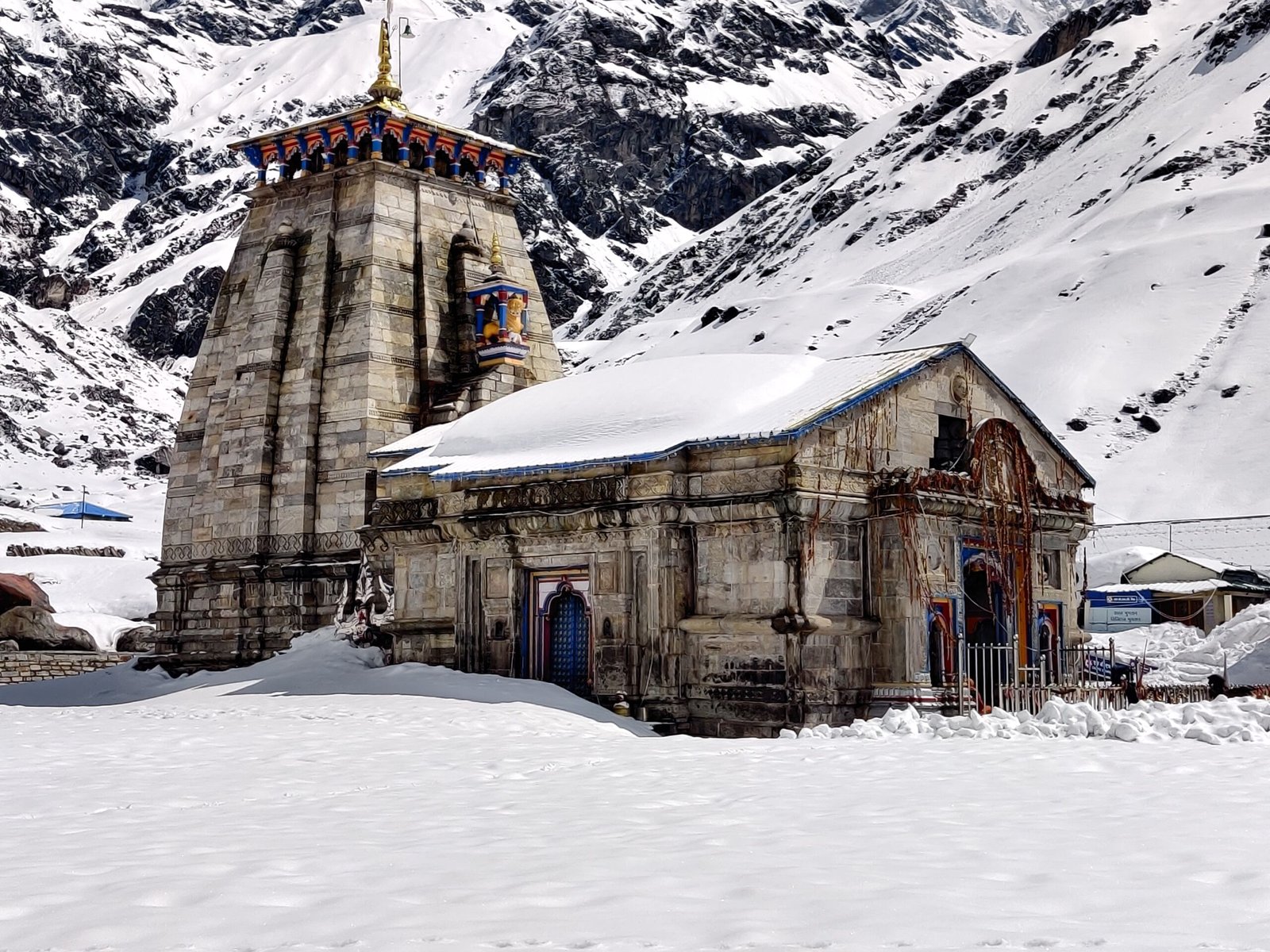
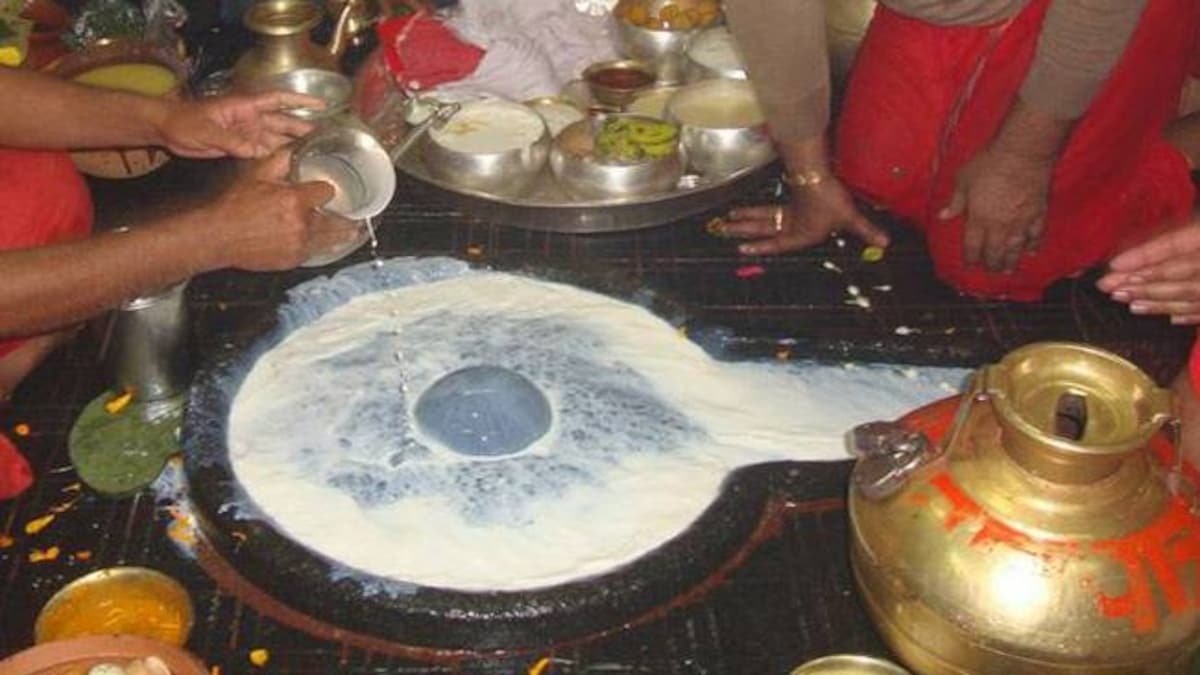
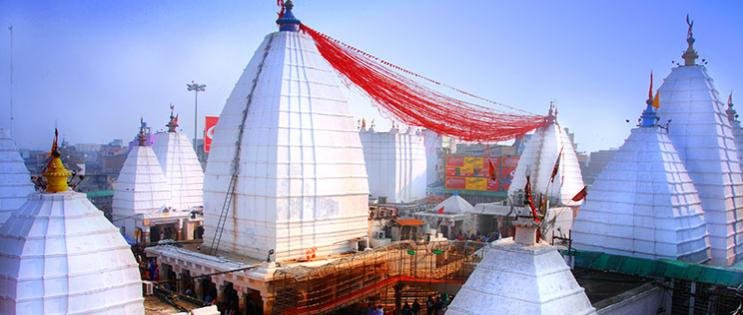
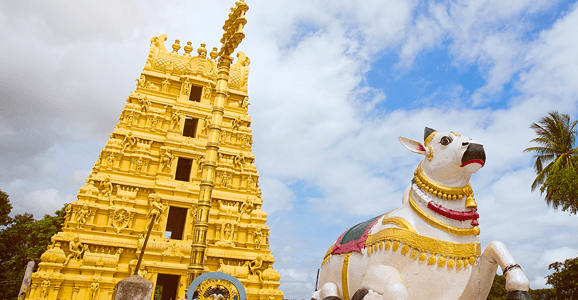
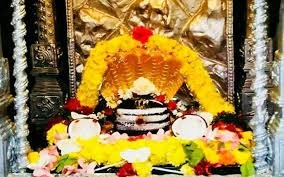
Cheers!
Pursuing for all 12 Jyotirlingas. Thanks, Useful 🙂